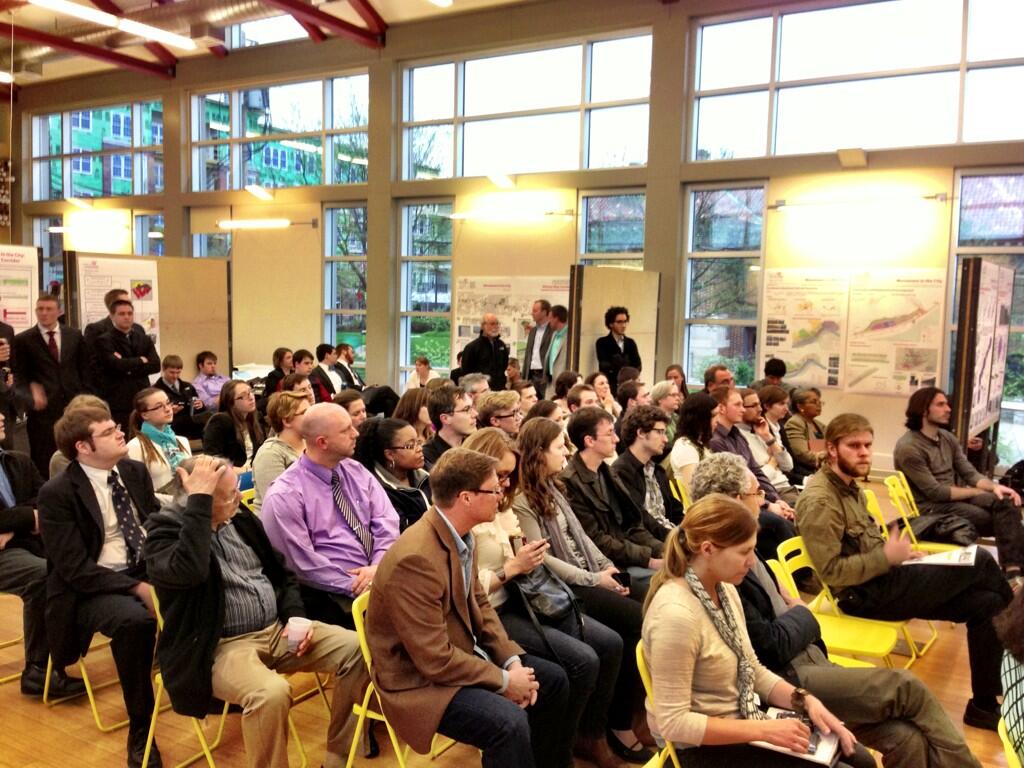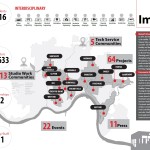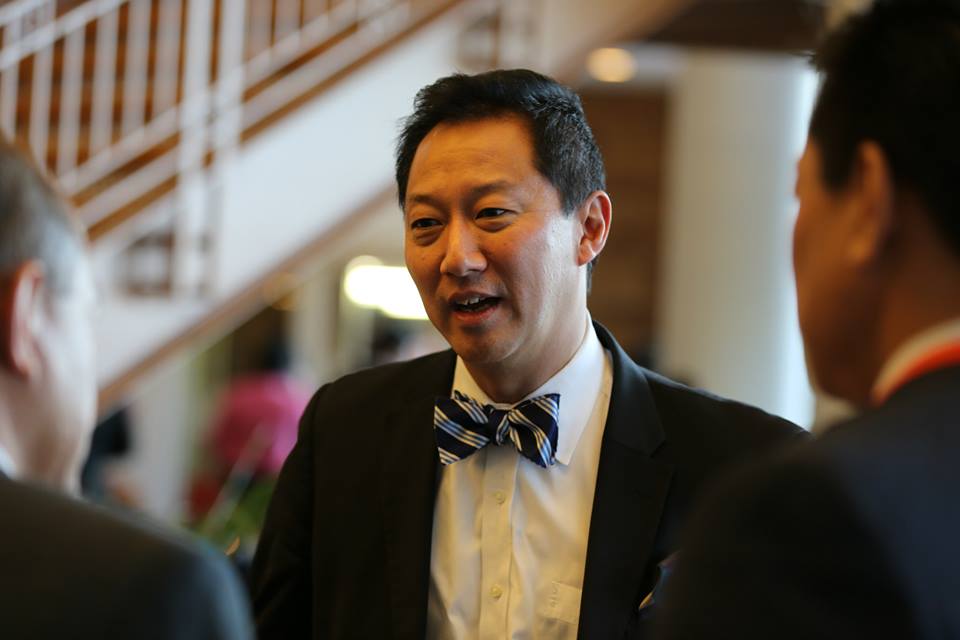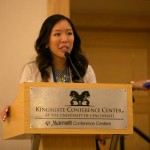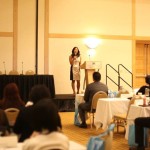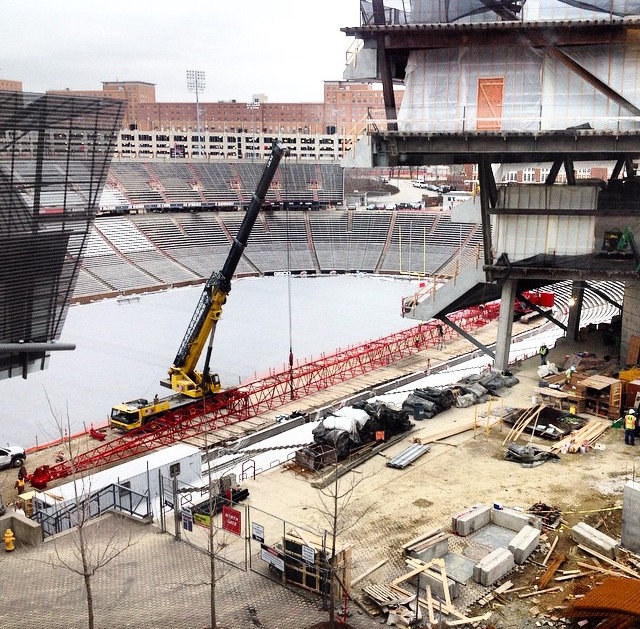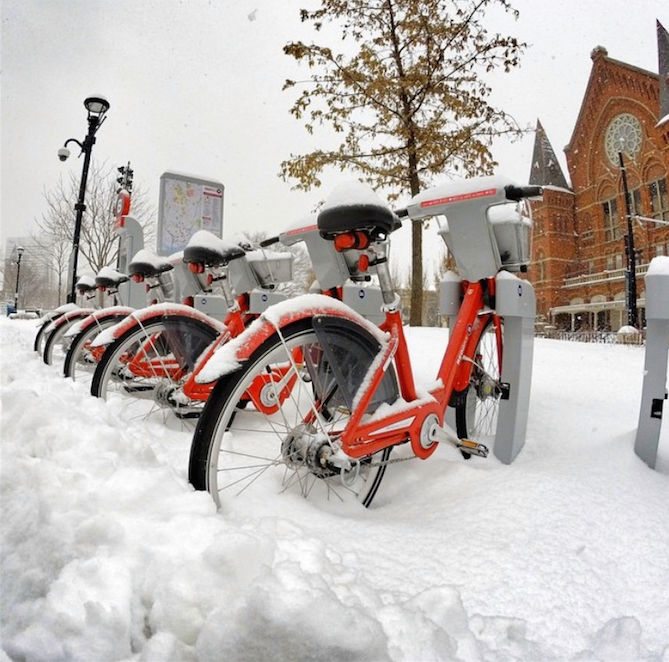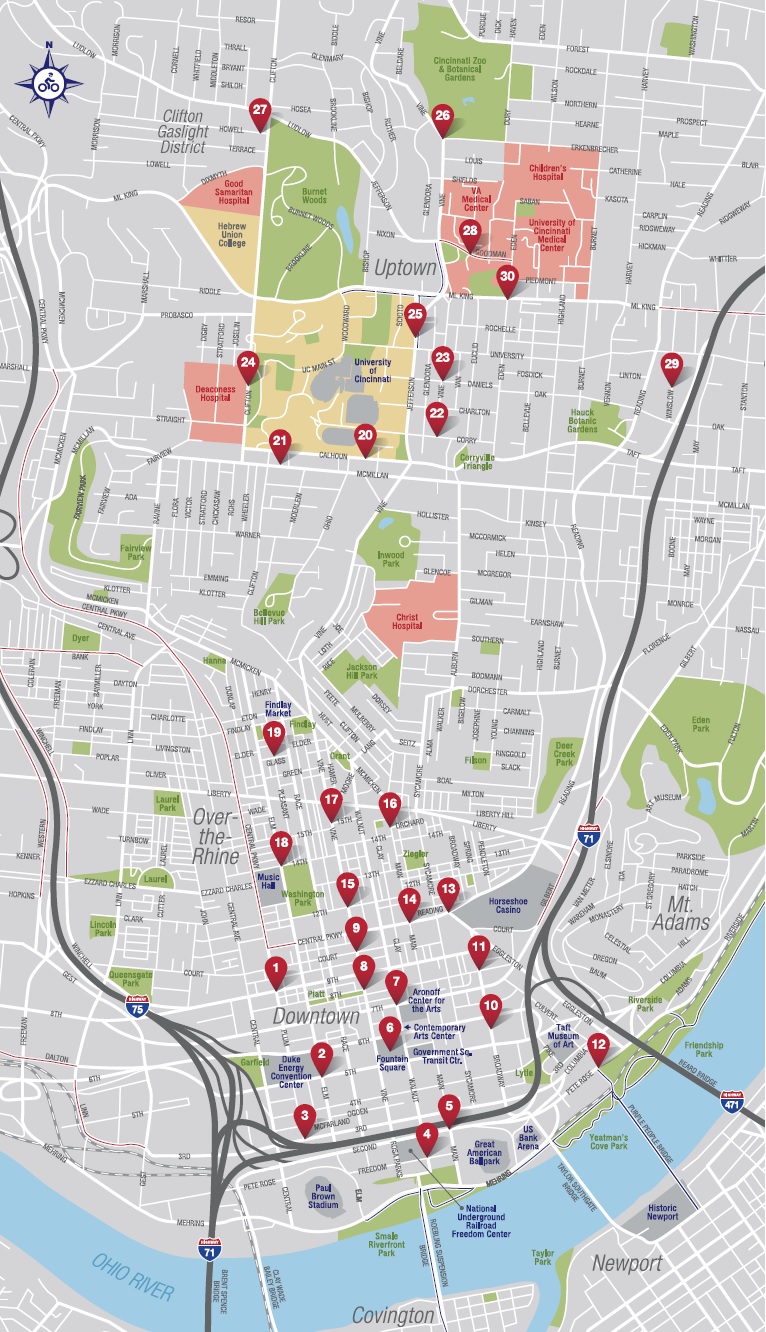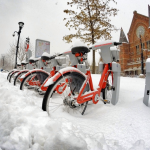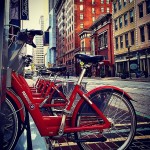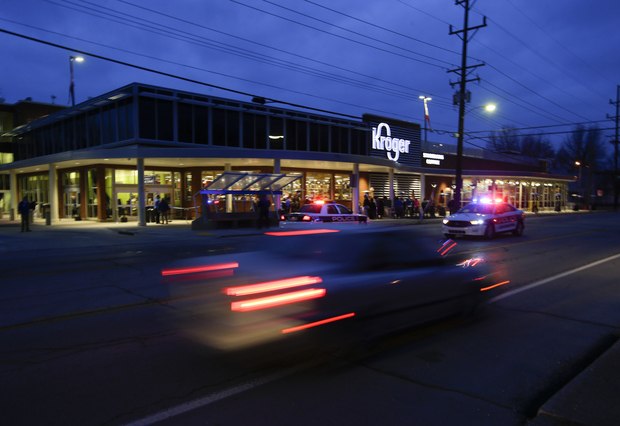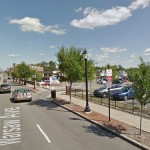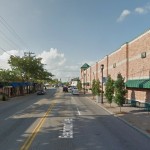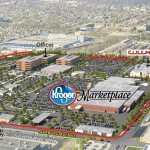Urban ideation and practical implementation of projects are the dual subjects of the 2014 Annual Report from the Niehoff Urban Studio and Community Design Center.
The symbiotically connected interdisciplinary programs are administered by the University of Cincinnati’s College of Design, Architecture, Art, and Planning at off-campus studio in Corryville.
The recently issued report details that since the program began in 2002, more than 1,200 students in urban planning, engineering, architecture, design, anthropology, business, nursing, political science and urban geography have worked with nearly 150 organizations on projects to address urban issues throughout the Cincinnati region and make it more sustainable.
Specifically highlighted within the report is the studio’s work on the Wasson Way Light Rail and Bike Trail Corridor, which continues the studio’s initiatives on Movement in the City and Building Healthy & Resilient Places.
Over the past year, a major effort focused on Burnet Woods, and how it could become the epicenter of a larger ecodistrict in Uptown. That work included a civil engineering team that explored stormwater management and planners that studied how to convert the park into a landscape with edible forests, a fish hatchery and more, while also improving public health through amenities. A freshman innovation seminar further researched student perceptions of the park and how to inspire greater use.
“Some of the ideas are really out of the box thinking,” stated Willie Carden, Director of Cincinnati Parks. “These ideas could well blossom and inspire actual changes in the park someday.”
Support from the Niehoff Studio and UC is important, Carden says, in order to help think about how to enhance the experience and enjoyment of the city’s top-rated park system.
Another highlight of the report was student participation in a competition by the Urban Land Institute (ULI) for a commercial real estate project with green infrastructure in East Walnut Hills.
Dave Neyer, ULI’s chair and executive vice president at Al Neyer Inc. said, “The experience was exciting because, in some ways, the students were the ones doing the teaching by introducing mentors — industry experts with 20 and 30 years of experience — to new ideas and creative solutions. The competition was a great example of collaboration.”
Neyer says that another competition is planned for 2015, and that everyone involved is eager to see what the next class of Niehoff students will accomplish.
Complimenting the interdisciplinary studio is the Community Design Center, which is also directed by Frank Russell with assistance from co-op students and graduate assistants. The goal of the CDC, Russell says, is to help community groups represent underserved areas and underfunded projects.
During 2014, for example, staff and students worked with Cincinnati Public Schools on the Rothenberg Academy’s rooftop teaching garden; Cincinnati AIA Urban Design Committee on the Mill Creek Restoration Project’s West Fork Creek trail plan; and Center for Closing the Health Gap to help promote healthy corner stores in some of Cincinnati’s “food desert” neighborhoods such as Avondale and the West End.
As if that wasn’t enough, they also facilitated a two-day workshop for planning officials featuring Australian designer and theorist Tony Fry called Metrofitting Cincinnati for a Resilient Future.
In total, the 40-page report summarizes two dozen events from 2014, ranging from open houses and lectures to workshops and panel discussions, including a highlight on Modern Makers, a partner arts collaborative.
EDITORIAL NOTE: UrbanCincy is a partner of the Niehoff Urban Studio and Community Design Center, and collaborates to produce events throughout the year that engage the public with the work and research being done at the studio.
